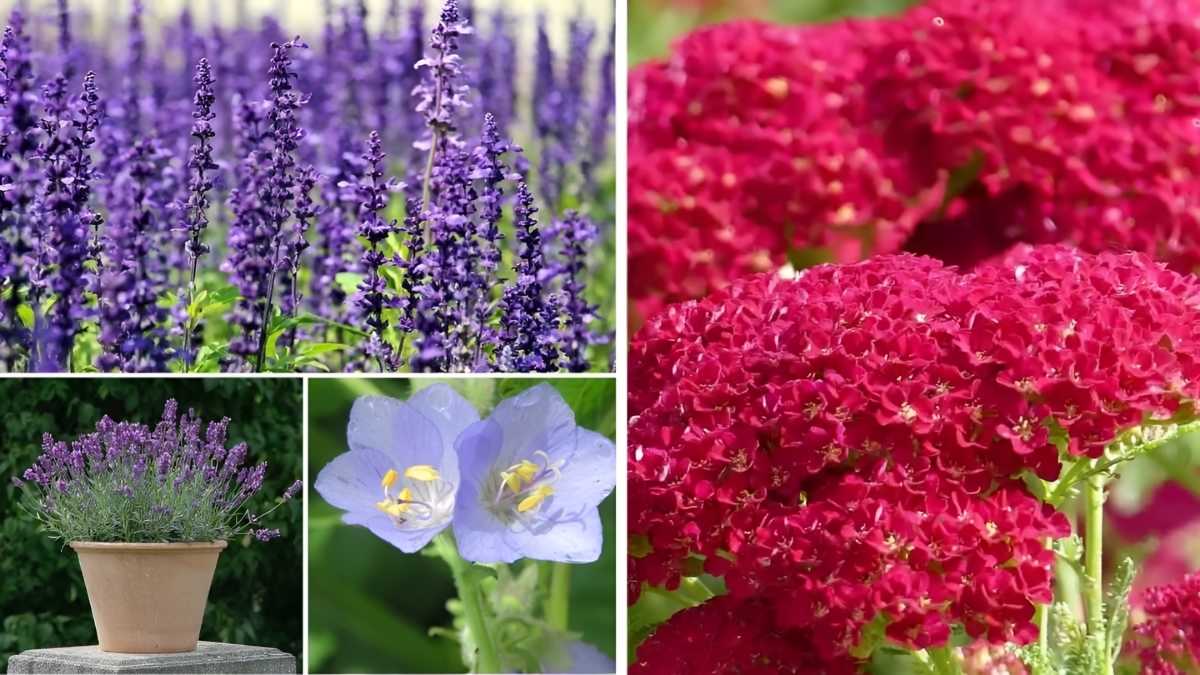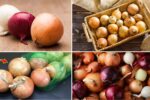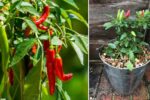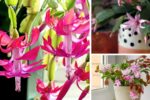Join on WhatsApp
Get the latest updates directly on WhatsApp – motivation, news & more!
Herbs are often prized for their culinary value, but did you know many of them can also bring stunning color to your garden? Flowering herbs not only offer fragrance and flavor, but their blooms can also attract pollinators, enhance your landscape, and even be used in teas or salads. If you’re looking to cultivate a garden that’s both practical and beautiful, these 11 flowering herbs deserve a spot in your soil.
Lavender
Lavender is a classic herb known for its calming scent and delicate purple flowers. Not only is it a magnet for bees and butterflies, but it’s also a hardy plant that thrives in well-drained soil and full sunlight. In the kitchen, dried lavender can be used in teas, baked goods, and even savory dishes. Its soft, bushy appearance adds texture to any garden border, and its flowers can be harvested for sachets, oils, and more.
Chives
Chives are one of the easiest herbs to grow, and when they bloom, they produce round, purple-pink flower heads that hover like little pom-poms above slender green stems. The blossoms are edible and have a mild onion flavor, making them a delightful garnish on salads and eggs. Chives prefer cooler weather and will bloom in early spring and again in late summer if regularly harvested.
Thyme
Thyme may be small, but it packs a punch both in flavor and visual appeal. Many varieties of thyme produce tiny pink, purple, or white flowers that form dense mats, making them perfect for ground cover or the edges of garden beds. This low-growing herb is drought-tolerant and loves full sun. In the kitchen, it pairs wonderfully with meats, stews, and roasted vegetables.
Basil
Most people grow basil for its flavorful leaves, but it also produces lovely white or purple flowers if left to bloom. While many gardeners pinch off the blossoms to keep the plant producing leaves, letting some flower can attract bees and beneficial insects. Try different varieties like Thai basil for a more ornamental appearance. Basil grows best in warm temperatures and well-draining soil.
Oregano
Oregano offers a two-for-one punch: bold flavor and charming blooms. Its small white or pink flowers appear in mid to late summer and are adored by pollinators. The plant thrives in sunny spots and can tolerate drought conditions once established. Oregano is a staple in Italian and Mediterranean cooking, and its flowers can be used as a mild garnish.
Sage
Sage is more than just a Thanksgiving herb. When it flowers, usually in late spring to early summer, it produces spiky blooms in shades of purple, blue, or pink, depending on the variety. The plant has soft, gray-green leaves and a robust, earthy flavor. Sage does well in dry, sunny locations and adds a rustic charm to herb gardens or mixed borders.
Dill
Dill’s feathery foliage and umbrella-like yellow flowers bring a soft elegance to the garden. It grows tall and airy, making it an ideal backdrop for shorter herbs. The flowers eventually turn to seed, which can be harvested along with the leaves for pickling or seasoning fish. Dill thrives in full sun and appreciates regular watering during dry spells.
Borage
Borage may not be the most well-known herb, but it deserves more attention. Its star-shaped blue flowers are stunning and edible, with a mild cucumber flavor. The plant self-seeds easily and attracts bees in droves. Borage leaves and flowers can be used in teas, salads, or frozen in ice cubes for a decorative touch. It grows well in most soil types and prefers full sun.
Chamomile
Chamomile is beloved for its soothing properties and daisy-like flowers. There are two common types German and Roman and both produce fragrant white blooms with yellow centers. Chamomile tea is a popular use for the dried flowers, and the plant itself adds a soft, meadow-like feel to the garden. It grows best in cooler temperatures and partial to full sun.
Lemon Balm
Lemon balm belongs to the mint family and grows quickly, producing clusters of small white or pale yellow flowers in summer. The leaves have a citrusy scent and can be used in teas, desserts, or as a calming herbal remedy. Though the flowers are subtle, they still attract pollinators and blend beautifully with other herbs. Keep lemon balm in check, as it can spread aggressively.
Anise Hyssop
Anise hyssop is a showstopper with its tall spikes of purple-blue flowers and sweet licorice scent. It’s a favorite of bees, butterflies, and hummingbirds, making it a pollinator powerhouse. The leaves and flowers can be steeped in tea or used as a garnish. Anise hyssop grows well in full sun to light shade and can tolerate drought once established.
Final Thoughts
A garden filled with flowering herbs offers the best of both worlds: beauty and utility. These herbs not only flavor your meals and teas but also fill your outdoor space with fragrance and vibrant blooms. Whether you’re planting in containers, raised beds, or right in the ground, adding these herbs can bring life, color, and delicious aroma to your garden year after year.
So next time you’re choosing herbs for your garden, consider those that flower you might just find yourself admiring them as much for their blossoms as for their flavor.




